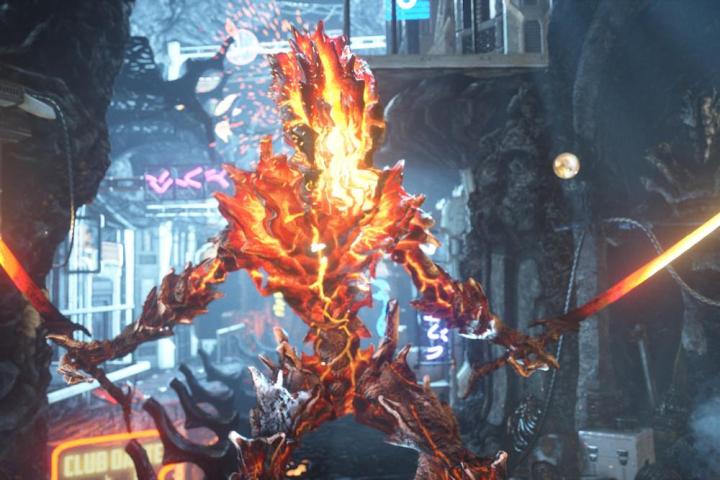
The new 4K benchmark is called Fire Strike Ultra, and it’s a more demanding version of Fire Strike, which already was the most stressful test that 3DMark had in its arsenal.
The sweet part of this update is that you don’t need a 4K monitor in order to see if your rig can handle 4K workloads. How? We got some insight from Futuremark.
“3DMark renders the test content internally at 4K Ultra HD resolution (3840 x 2160),” Futuremark said when speaking to Digital Trends. “This output is then scaled to your Windows desktop display resolution.”
There are some conditions that you need to satisfy in order to run this test, though. For starters, you’ll need a graphics card with at least 3GB of RAM. On top of that, you’ll need either 3DMark Advanced Edition, or 3DMark Professional Editon in order to get access to Fire Strike Ultra. Users of 3DMark Basic Edition will have to upgrade to one of the other versions.
3DMark Advanced Edition costs $24.95, and we recommend that you grab that version if you want to get your hands on Fire Strike Ultra. That’s mostly because 3DMark Professional Edition costs $995.


